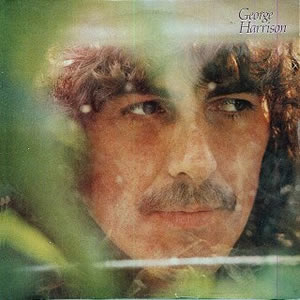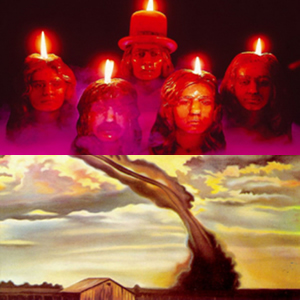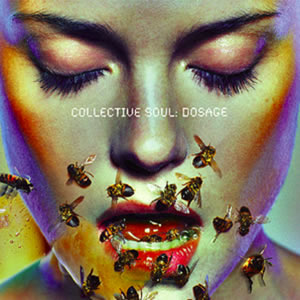George Harrison
Buy George Harrison Released in early 1979, George Harrison’s eponymous studio album is a light and breezy work of bliss and contentment by the ex-Beatle as he started a new family in his […]

Buy George Harrison Released in early 1979, George Harrison’s eponymous studio album is a light and breezy work of bliss and contentment by the ex-Beatle as he started a new family in his […]

Buy Burn Buy Stormbringer In 1974, Deep Purple released their only two albums with the “Mark III” lineup, Burn and Stormbringer. With these records, the group not only replaced vocalist Ian Gillan (who […]

Buy Dosage Collective Soul finished their nineties output by making a return to the mid nineties sound that brought their greatest success. In early 1999, the group released their fourth album, Dosage, with […]